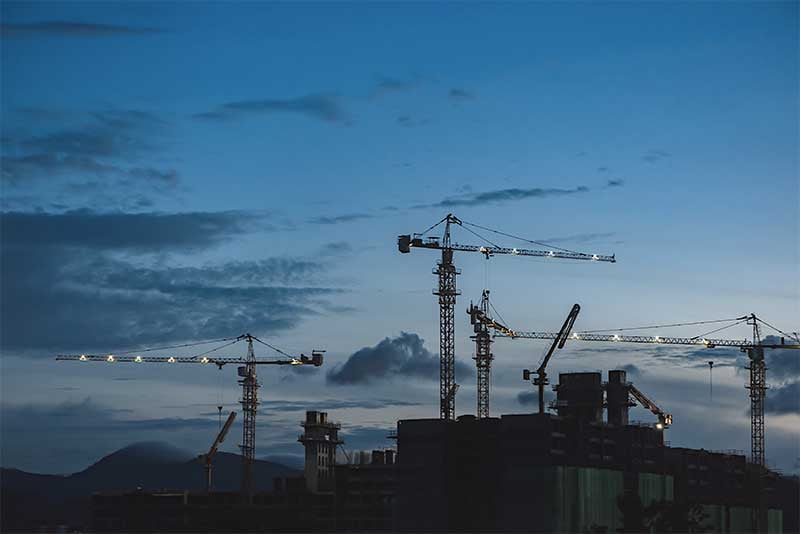The Australian construction industry is finding itself learning to respond to this new and unprecedented era of disruption. From global supply chains disruptions to adopting strict physical distancing rules to keep sites open, it has resulted in a slower-than-usual progress on many projects. For Australia, this has resulted in an 18 per cent drop in productivity[1] across the infrastructure sector since the impacts of the pandemic kicked in.

While the delays have been exacerbated by COVID-related challenges around health, safety and productivity, it only reveals what the industry already knows – that it remains one of the least digitised industries, with many onsite projects completed in the same way they were being done decades prior.
With the unpredictability around job sites, project managers must consider innovative but dependable solutions to achieve project delivery success in this new reality. In many cases, it may require adjusting the means and methods traditionally used when delivering projects in the past.
Here are a few solutions available that can help address the current unique industry challenges, ensuring construction projects are progressing with as little disruption as possible.
Remote visual monitoring of construction sites
In lieu of on-site inspections, construction companies have begun embracing a variety of remote visual tools, including drones, laser scanning, light detection and ranging technology (LiDAR), to remotely monitor the progress, quality and security of their projects.
By conducting field inspections and scheduling reviews from the safety of workers’ own homes, these new technologies can enable teams to review what is there versus what should be there to sub-centimetre accuracy. This allows for social distancing and enables project teams to revise contractors’ work sequences to physically separate otherwise risky work interactions.
In addition, site cameras can also provide real-time monitoring and security. For example, pan-tilt-zoom (PTZ) cameras let users monitor various areas of the site and zoom into areas of interest while creating panoramic images and time-lapse videos. Site cameras use thermal sensing and edge-based analytics to sense motion, which triggers email/SMS/text alerts. In addition, fixed cameras are increasingly leveraged to enhance remote collaboration between stakeholders while also capturing images and time-lapse videos to send regular updates.
Social distancing on construction sites
In the case that on-site inspections are necessary, construction companies have found success with artificial intelligence (AI) in improving jobsite safety and mitigating risk. This is due to its ability to provide more safety coverage without sending additional people to the site – creating automated reports to help with mitigation plans and documentation.
With sensors attached to the workers, it is also possible to emit a progressively louder alarm as a reminder whenever workers are too close to each other. The alarm will serve to gradually change and improve the habits of workers to practice safe social distancing.
In addition, in the event that there is a confirmed case of COVID-19 on a worksite, an employer can use historical data captured passively by the worker’s device to gauge who may have been exposed.
Bring people, information, and processes together
To protect teams, operations and ultimately project outcomes, it is important that all project schedules are updated throughout the project. This means data silos and offline recordkeeping are minimised.
The update should be comprehensive, documenting a completed and in-progress status for all design, permitting, bidding, procurement, submittal, fabrication, delivery, and construction activities. This can be quite time-consuming, so a schedule management solution is ideal in this case to ensure a more seamless and efficient integration to log the data. Ideally this would be directed to a centralised centre.
It is remarkable that today’s high-tech buildings and infrastructure assets are contrasted with dated, low-tech processes. Yet as a result of the ongoing global crisis, construction industries are finding themselves pursuing – and in some cases fast-tracking – digital transformation in order to continue to operate through this new reality. Whether it is to mitigate the direct impacts of COVID-19 on the worksites or new ways to approach project delivery, it is clear that the digital agenda cannot be ignored.




